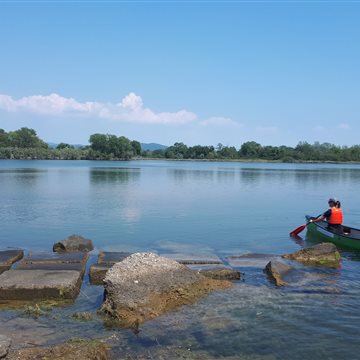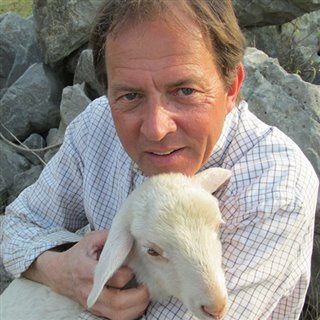 Sergio Cuffolo
Sergio Cuffolo
L”Oro Rosso” in Attimis
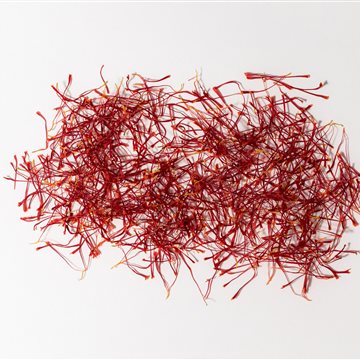


The goal of our outing was the home where David Maria Turoldo was born, in the 101th anniversary of his birth on 13 May (1916-2016). From Codroipo or from the bridge on the Tagliamento to Coderno, bear Udine; less than half an hour by car. In twenty years of living in Friuli, I have to confess that I had never visited the house yet, nor did I know where Coderno is: I was content to appreciate his poems and to register an affection and consideration of him in the memory of many Friulians. Going to the house was the final realisation of a long-nurtured desire.
Father Turoldo's biography sees him born into a poor family, the last of nine brothers, in a house that must have been in poor repair. Become a friar in 1940, he graduated in philosophy, promoted cultural initiatives, but is most loved and known as a poet of intense spirituality. He was an unusual, prominent, perhaps awkward character. He was very close to his place of birth, because of the “ultimi” (the “last”), whence the title of the film on the Friuli of his childhood, namely Gli Ultimi, that saw him as co-director.

The river pebbles that were used to build houses were brought to the site by him by hand, or with the wheelbarrow, to help his father. He had a fondness for mulberries, together with many other mundane situations. Today the house has been restored: it is a classic example of rural architecture. A tiny kitchen is preserved on the ground floor: an essential hearth, a stone sink, a small window. It appears as it was about 150 years ago, with lots of black soot. Structural features are the stone, the wooden balcony, the access porch, the mulberries, of course.
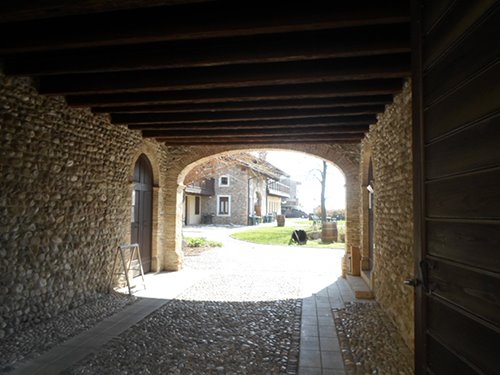
Almost in front of the lane leading to Father Turoldo's birthplace is an example of those porticos that Davide M. Turoldo recalled... The wonderful porticoes of our Friuli, oblong arches, dark and dignified like the entrance to a palace, opening on to a courtyard or the vegetable garden (Il mio vecchio Friuli). Two of those open porticos today reveal two wall paintings: one brings us back to the Great War of 1915-1918, and the other, which strikes me most, is his life cycle from birth to the age of 100, with the inscription: On the earth we are on the way to the retribution of our deeds. It reminds me of a very similar French nineteenth-century print that I saw in a restaurant in Faedis (UD) with a title that, translated, reads The Steps of Life.
I am distracted by a glass of white wine, a taiut, as it is called in Friuian, which is offered to me as I read that you can contact the secretariat of the municipality on 0432 915519 during the morning time for information. Our visit becomes an occasion for shopping at the local dairy farm with a shop that takes its name from the village, and which lies just a short distance away. Local cheese, fresh and seasoned. But this was the first time I saw a 19-year-old cheese in such excellent condition: a Montasio, of 22 April 1998, not for sale!
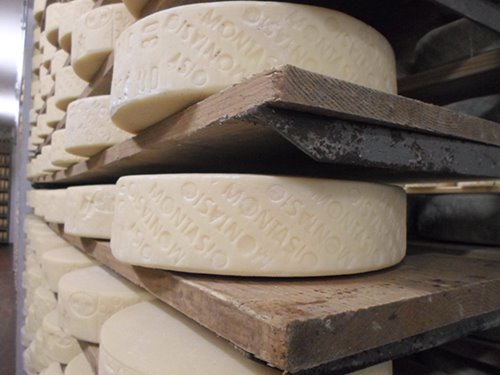
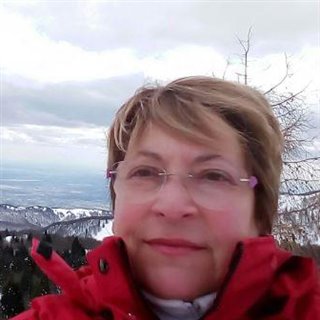
 Sergio Cuffolo
Sergio Cuffolo

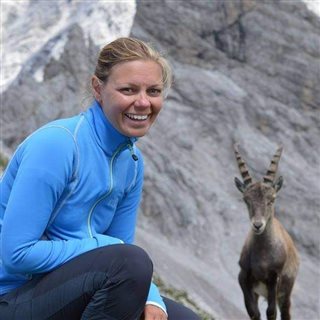 Miriam Ferrarin
Miriam Ferrarin
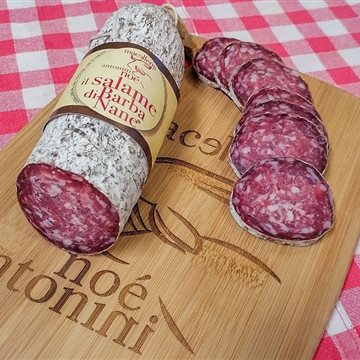
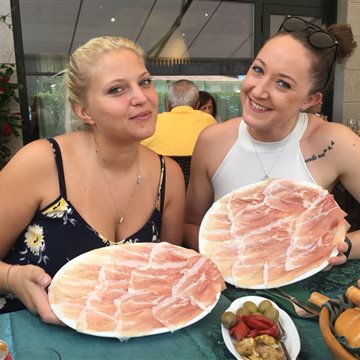
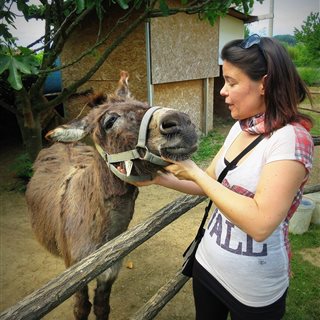 Sabrina Pellizon
Sabrina Pellizon
